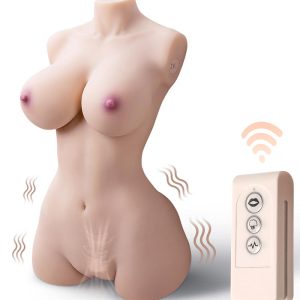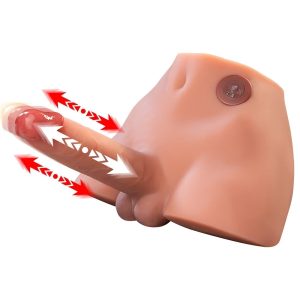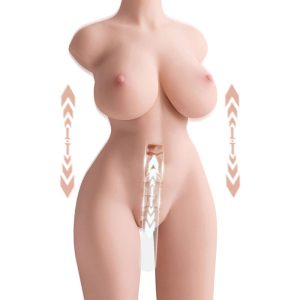- For HerNew
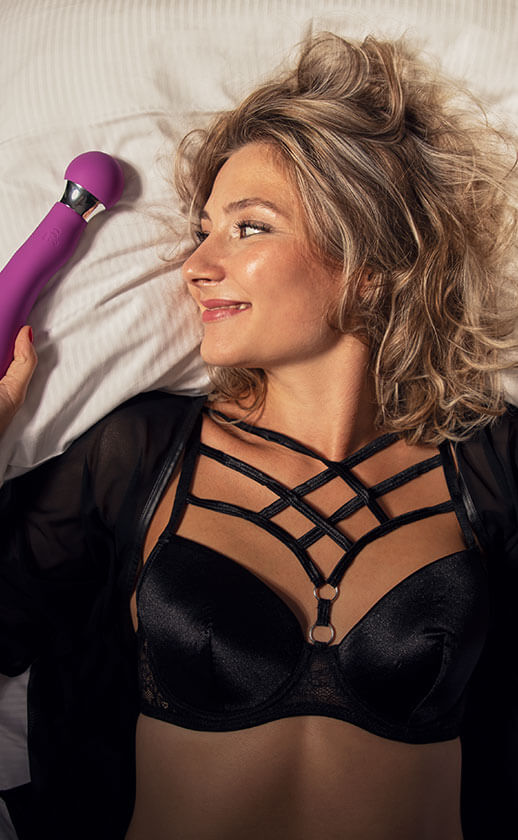
- For Him
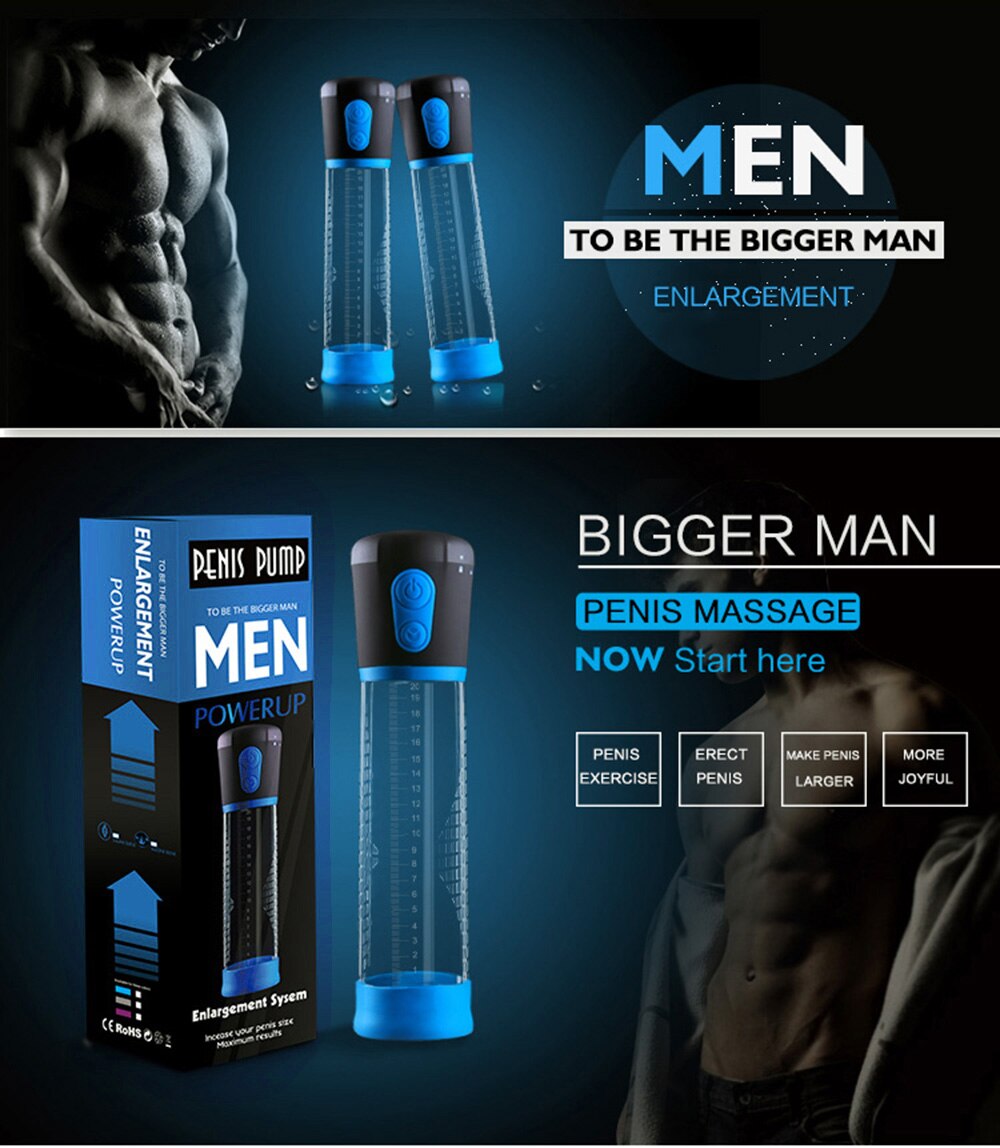
We are here
Our new arrivals
- MASTURBATORS
- VIBRATORS
- DILDOS
- For HerNew

- For Him

We are here
Our new arrivals
- MASTURBATORS
- VIBRATORS
- DILDOS
- For HerNew

- For Him

We are here
Our new arrivals
- MASTURBATORS
- VIBRATORS
- DILDOS
2-In-1 Unisex Male Sex Doll with 10 Vibration Modes Vibrating Dildo Perfect Anal Sex Explore More Positions for G-spot Pleasure or Shallow Teasing Stimulation
5.9-Inch Thrusting Dildo Realistic Male Torso with Adjustable Speeds & Intense 3D Anal Sensations
Aaliyah The Future of Intimacy Interactive Robotic Sex Doll with AI and Lifelike Features
Aarna Most Realistic Sex Robots Ultra-Realistic Touch & Sensual Precision
Ada F Cup Big Titted Robotic Doll for Unmatched Pleasure and Realism
Adalee Hyper-Realistic Love Doll with Electric Hip Thrusting & Triple Entry Design
AI Sexbot with 3D Textured Passages and Customizable Settings
Aidan Huge Dildo Lifelike Male Sex Bots Lasting Satisfaction
Alex Lifelike AI Seductress Blonde Curves H Cup Sex Dolls
Alexandra Ultimate AI-Powered Love Companion Lifelike Interactive and Sensually Responsive
Alice AI-Powered Smart Love Doll with Interactive Touch & Voice
Alieen Revolutionary Robot Sex Doll with Adaptive Movement & Sensational Features
Anika Electric Hip AI Doll The Future of Intimate Pleasure & Connection
Annabeth E Cup Mature AI Sexdoll with AI Chat Ultimate Lifelike Companion
Annika AI Sex Bot The Ultimate Fusion of Realism & Pleasure
April Butt Sex Toy Male Torso Sex Doll with 3-Speed 4-Frequency Dildo
Ariela E Cup Naked Sex Robots with ROS Ultimate Pleasure & Connection
Ashvik Hyper-Realistic Love Doll with AI Chat Unmatched Pleasure & Intimacy
Aubrie Realistic Sex Robot 163cm Love Doll with Soft Skin & Dynamic Hip Thrusting
Austin Galatea Robotic Doll Hyper-Realistic Beauty Meets Smart AI Interaction
Automatic Telescopic Male Torso Sex Doll with 6.7″ Vibrating Dildo
Bess Ultra-Realistic AI Sex Robot Lifelike Sensation Ultimate Pleasure
Bid Big Boobs AI Sexbot Authentic Pleasure and Lifelong Enjoyment
Blanche Electric Hip TPE Companion Exquisite Realism & Sensory Bliss
Bray Sensual H-Cup Fantasy Doll Auto-Sucking Jittery Butt & Realistic Movements
Breckyn Big Booty Silicone Doll with Advanced Robotics & Unmatched Realism
Carolyn Smart Love Doll– Advanced Articulation & Electric Hip Pleasure
Casimir Most Realistic High Tech Sexdolls Ultimate Lifelike Companion 164cm
Charlton Sex Bot ith ROS and D-cup Breast
Chase Huge Penis Male Sex Robot with Realistic Skin and Dynamic Movement
Christan Black Silicone E-Cup Robot Sex Doll Experience Ultimate Pleasure
Cobain The Art of Intimacy Ultra-Realistic Love Doll with Cutting-Edge Technology
Compact Sex Doll with Dual-Channel Suction Vibration & Realistic Touch 20.67 lbs
Cora Powered Interactive Robot Sex Doll for Unmatched Realism
Daphne Ultimate Pleasure Doll Realistic Vibrating & Sucking Male Masturbator
Darcy Big Boob Real Life Female Sex Bot Unmatched Realism and Pleasure
Dawsen Ultimate AI-Enhanced Love Doll with Articulated Frame
Dayvion Ultimate Realistic AI Sex Bot Perfect Companion for Unmatched Pleasure
Delia Ultra-Realistic Robot Sex Doll with 5 Suction & Vibration 18.7LB
Destinee AI Love Doll Unparalleled Touch Interaction & Passion
Diego Most Realistic Big Dildo Male Robot Sex Dolls
E Cup Realistic Sex Robots Experience True Sensuality with Lsis
Echo Robot Sex Doll The Pinnacle of Realistic Companionship and Intimacy
Edna Sexrobot Ultimate Lifelike Companion Fully Customizable
Electric Hips Adult Female Sex Robots with Sensual Curves & Ultimate Intimacy
Electric Pleasure Realistic Sex Doll Torso with Vibration Technology 71cm (27.95”)
Enrico Realistic G Cup Sex Robot with Advanced Articulation Ultimate Pleasure
Esther AI Sex Bot Ultimate Lifelike Companion Doll with Advanced Sensory Features
Sex robots, commonly referred to as sexbots, are advanced robotic versions of sex dolls designed to resemble humans in both appearance and behavior. Unlike traditional silicone sex dolls, sexbots incorporate varying degrees of artificial intelligence (AI) and mechanical functionality to simulate human-like movement, interaction, and sometimes emotional responsiveness.
As of 2025, fully autonomous or highly animated sex robots do not yet exist in commercial form. However, the field has seen significant progress. A number of inventors and companies have developed sophisticated sex dolls equipped with interactive features such as speech, limited facial expressions, and tactile response. These early-generation sexbots are capable of responding to touch, engaging in simple conversation, and mimicking basic emotional cues, thanks to sensors and pre-programmed AI scripts.
Despite these advancements, the technology still lacks the full physical mobility or advanced reasoning abilities required for a truly lifelike robotic partner. Current models remain limited in motion and conversation, primarily acting as enhanced sex dolls with interactive elements rather than fully sentient or mobile humanoid companions.
Ethical Concerns and Social Debate
The development of sexbots has sparked a significant ethical and social debate. Critics argue that creating humanoid robots for sexual purposes could reinforce harmful stereotypes, particularly regarding women, and further objectify the human form. In 2015, robot ethicist Dr. Kathleen Richardson launched the Campaign Against Sex Robots, calling for a global conversation—and even a ban—on the production of anthropomorphic sex robots. Her concerns centered on the potential normalization of emotionally detached or exploitative relationships with machines, as well as the possible impact on human intimacy and societal views of consent and gender roles.
Since then, academics, ethicists, and technologists have raised questions surrounding the implications of integrating AI-driven sexual companions into human life. Key issues include:
-
Consent and objectification: Can a machine truly “consent,” and what message does it send to normalize non-reciprocal sexual interaction?
-
Impact on relationships: Will reliance on robots reduce emotional connection in human relationships?
-
Legal and regulatory challenges: Should there be age restrictions, ethical standards, or laws governing the design and use of sexbots?
Proponents, however, argue that sex robots could serve positive functions—offering companionship to the lonely or disabled, reducing sexual exploitation, and providing therapeutic tools for individuals with intimacy-related trauma.
While the full realization of sentient or fully mobile sexbots remains a futuristic concept, the conversation around them is rapidly evolving. As technology advances and AI becomes more integrated into everyday life, the intersection of robotics and sexuality will likely continue to raise complex questions about human relationships, ethics, and the role of machines in our most personal experiences.
Domestic Use of Sex Dolls and Sex Robots: Exploring the Complexities and Debates
The domestic use of sex dolls and sex robots presents a growing and multifaceted phenomenon in the realm of sexual health, technology, and ethics. These advanced devices, often designed to resemble human beings in appearance and behavior, are increasingly becoming part of private life after purchase, available for recreational and long-term use at home. As these products evolve, they are predicted by some to bring positive benefits, such as companionship, sexual exploration, pleasure, and increased satisfaction for individuals and couples.
However, as sex dolls and sex robots become more lifelike, they spark heated debates regarding their societal impact and ethical implications. Critics, particularly those focusing on male users, raise concerns about objectification and the potential normalization of violence against women. The argument is that men who use these humanoid sex robots could become conditioned to sexually objectify real women, leading to a disregard for sexual consent and a skewed understanding of healthy relationships. Additionally, the proliferation of perfectly beautiful and eternally youthful robotic women could exacerbate body image issues for women and adolescent girls, who are already affected by the unrealistic beauty standards perpetuated by media.
These concerns lead some to ask: Are we heading toward a gender-unequal future, fueled by the rise of sexbots? Or is the conversation too one-sided, focusing solely on male-centered, sex-negative predictions? A critical question often overlooked is: What do women want from innovative sex technologies? Could there be potential to design inclusive, empowering, and feminist sex robots that promote sexual health and well-being for all?
While much of the discourse remains speculative, there is a noticeable gap in empirical studies that assess the real-life effects of these technologies on users. Without more research, it's difficult to form a clear understanding of how these robots and dolls impact users on an emotional, psychological, and relational level.
Commercial Use of Sex Dolls and Sex Robots: A Growing Industry
The commercial use of sex dolls and robots introduces another layer of complexity. The rise of sex doll brothels—establishments where customers can rent humanoid sex dolls by the hour—has generated both curiosity and controversy. These brothels have opened in various parts of the world, including Asia, North America, and Europe, and have attracted significant media attention. Customers can choose a doll that fits their personal preferences, providing a novel, if temporary, form of sexual experience.
Some view the existence of sex doll brothels as a positive development, arguing that they may provide a safer, non-exploitative alternative to traditional prostitution and could reduce instances of sexual violence. However, this perspective has yet to be fully explored from the viewpoint of sex workers, who may not necessarily wish to be “relieved” of their work by robotic substitutes. Some anecdotal reports suggest that customers are even booking both human sex workers and sex dolls, pointing to a potential collaborative model rather than a purely substitutive one.
The concept of renting sex dolls or robots raises several ethical and legal questions: What defines the commercial use of these products? Should they be categorized as brothels or as rental services? Who are the target customers—those already interested in sexual experiences with dolls, or new technophilic customers eager to explore robotics? Furthermore, questions remain about whether demand for short-term commercial use will persist, especially considering the high cost of lifelike dolls, the discretion required to keep them at home, and media influence that sparks curiosity.
Despite the controversy, some brothels that began offering sex dolls have closed due to community protests and legal challenges, suggesting that this sector remains in its infancy and is subject to evolving public attitudes.
The world of sex dolls and robots is evolving rapidly, raising fundamental questions about technology, ethics, and human relationships. As the industry grows, it will be essential for ongoing research and public debate to address these complex issues, ensuring that the future of this technology serves to empower and support human well-being, while mitigating its potential harms.
Copyright © 2012~2025. Created by UK Sex Store COCKCONTROL.







